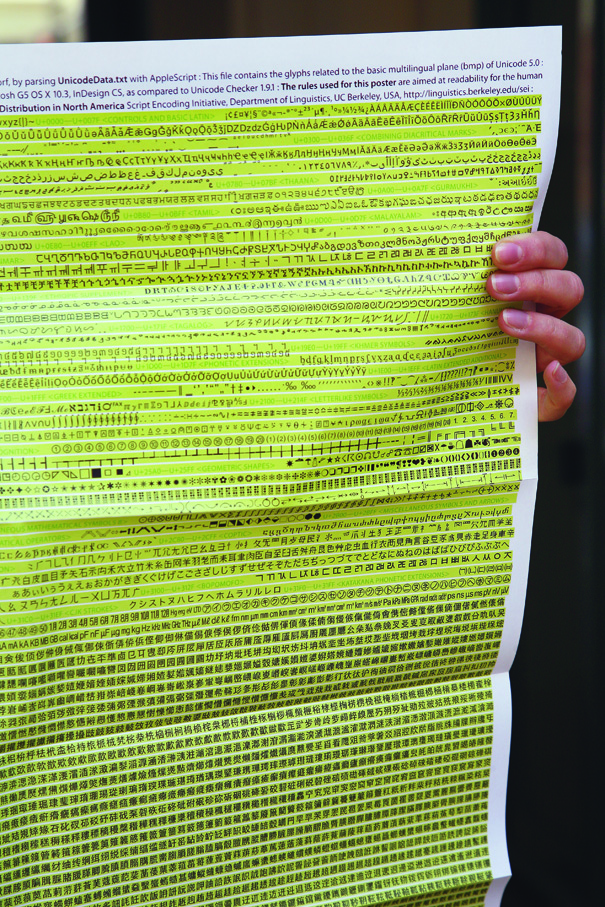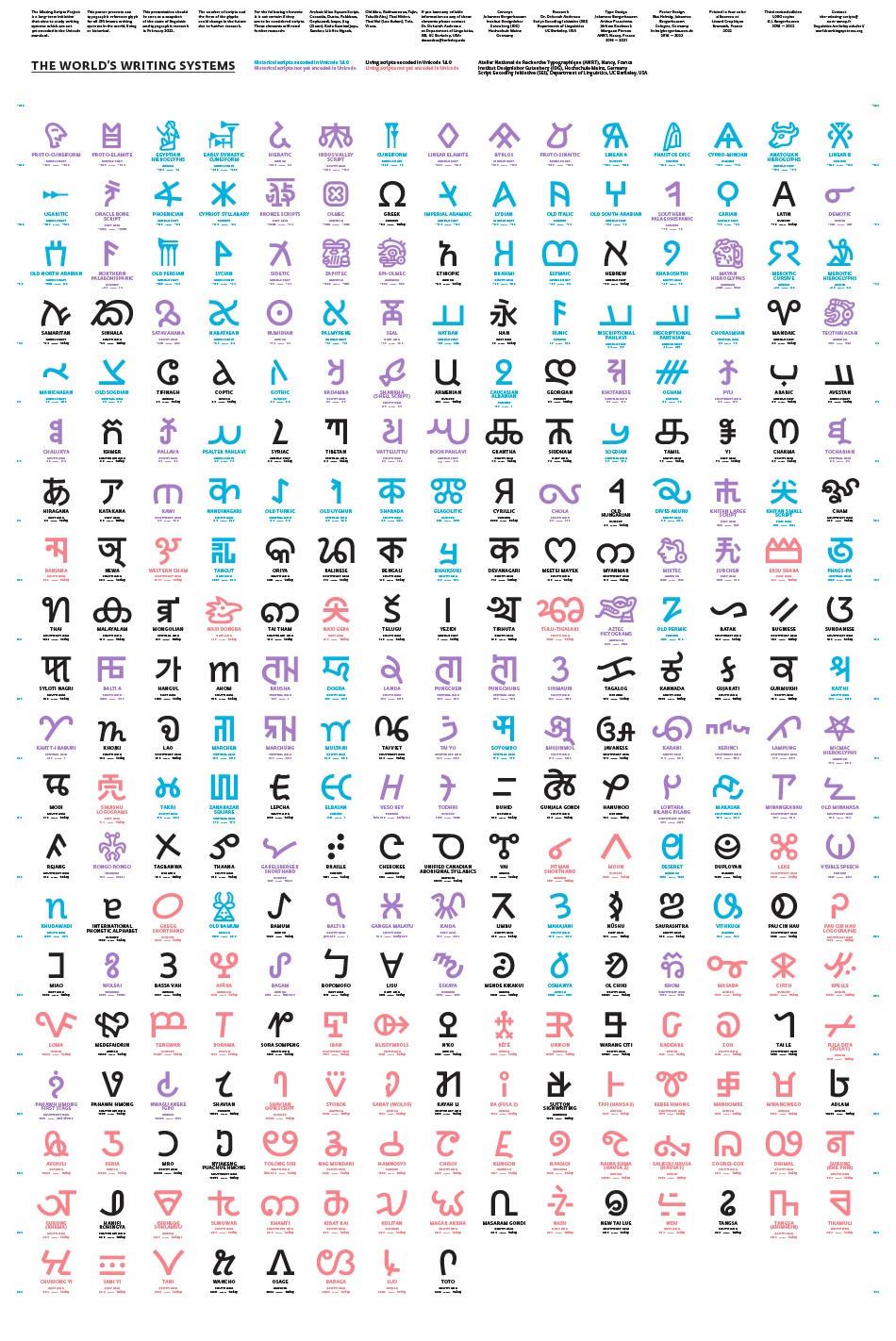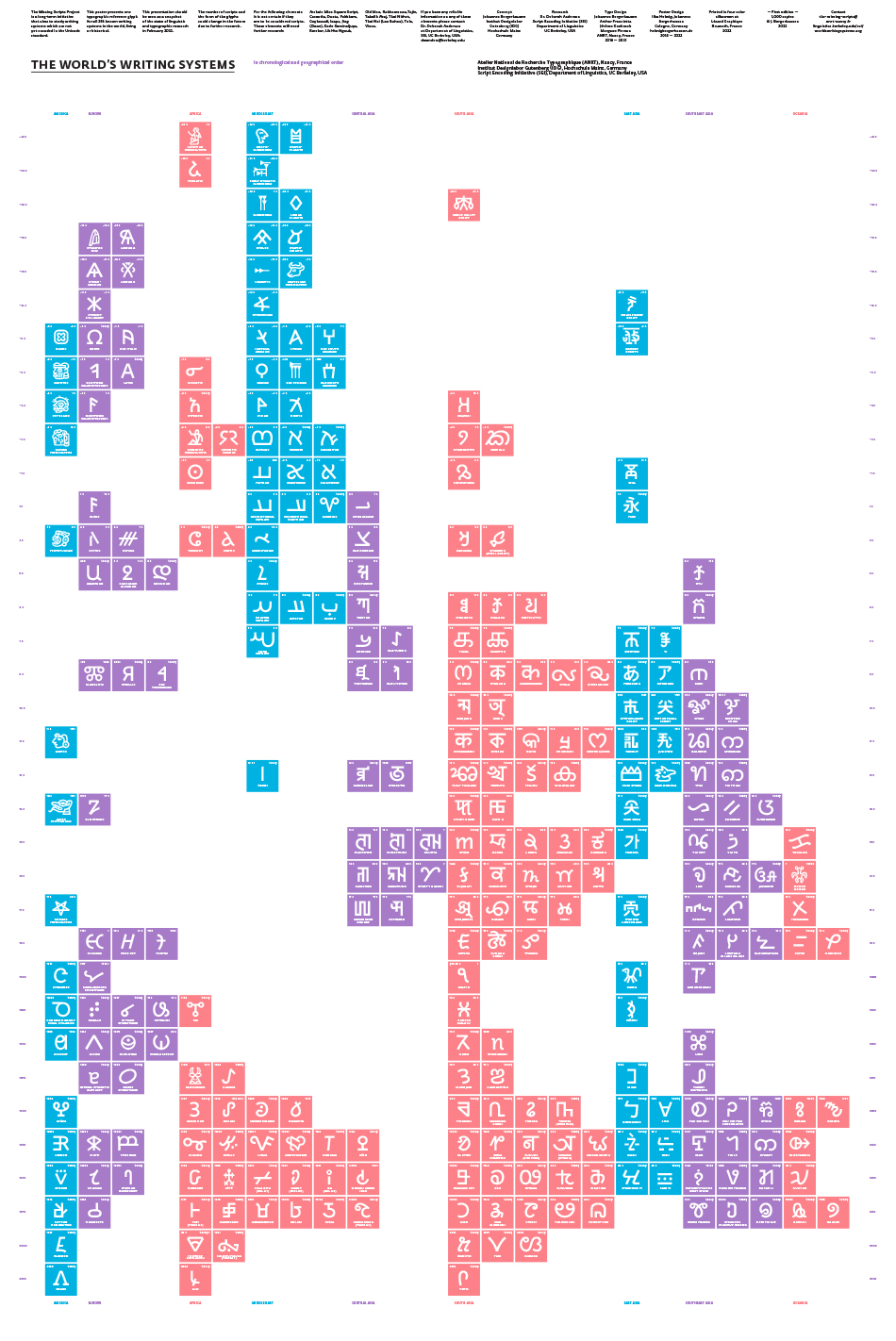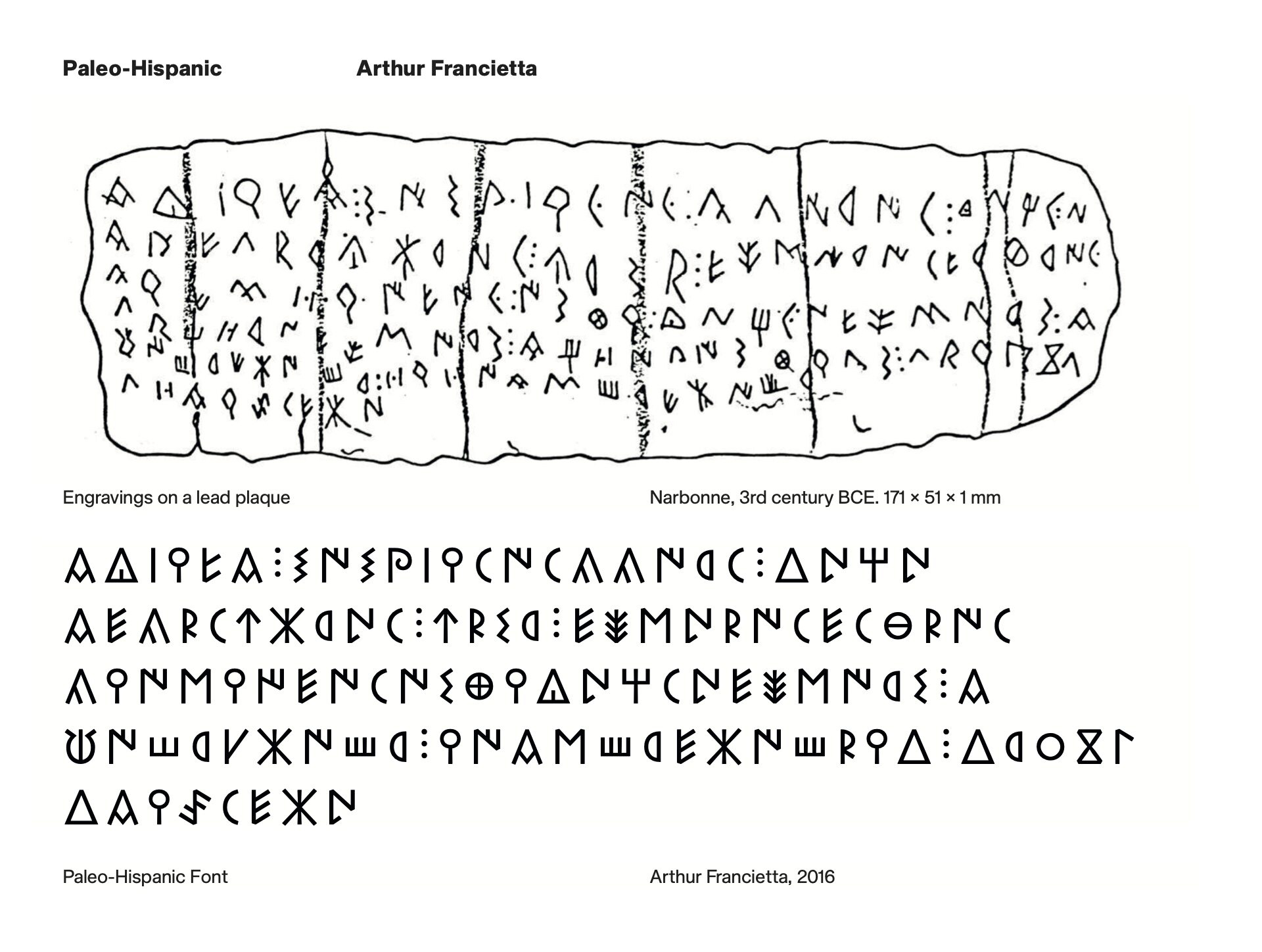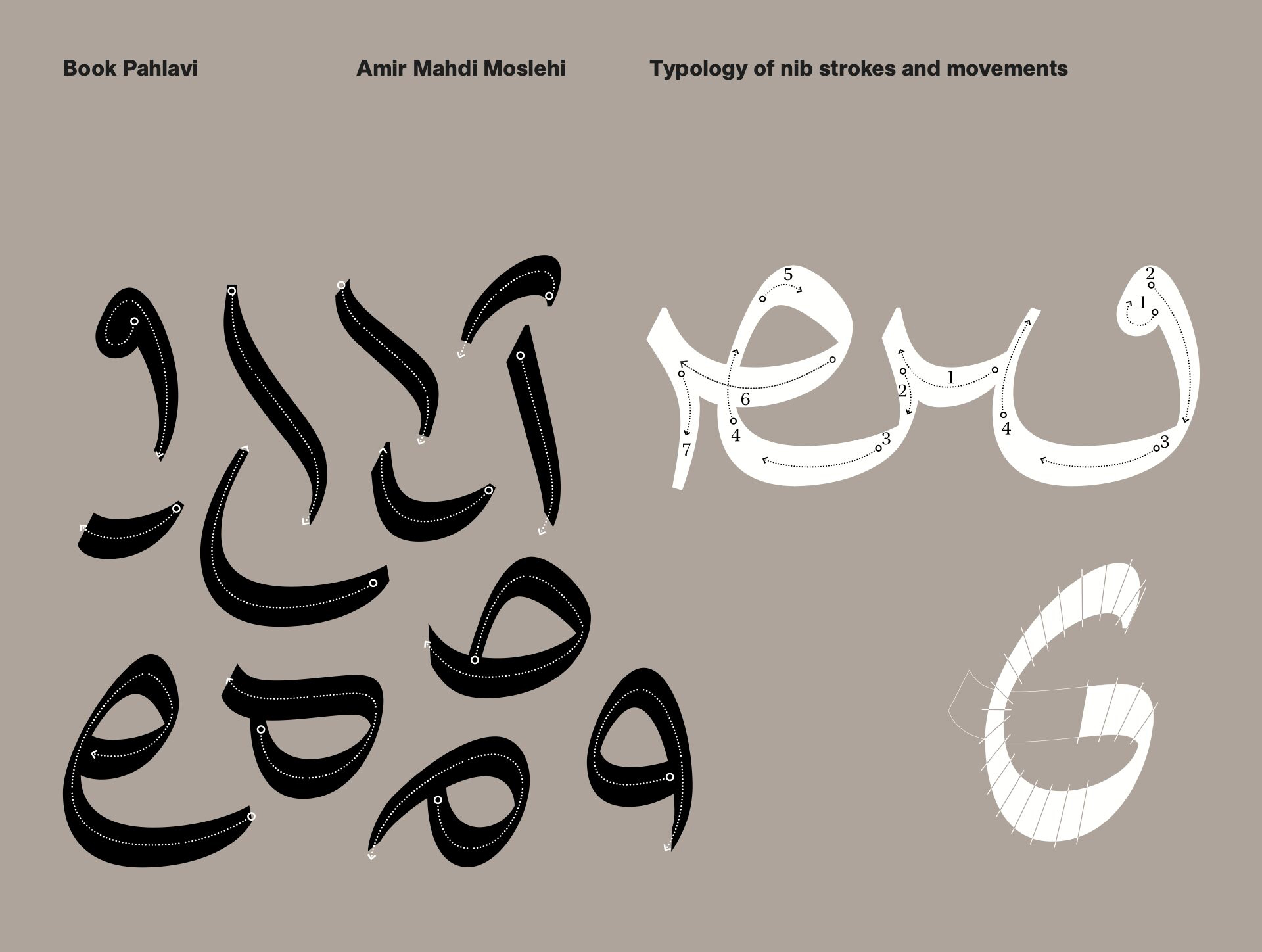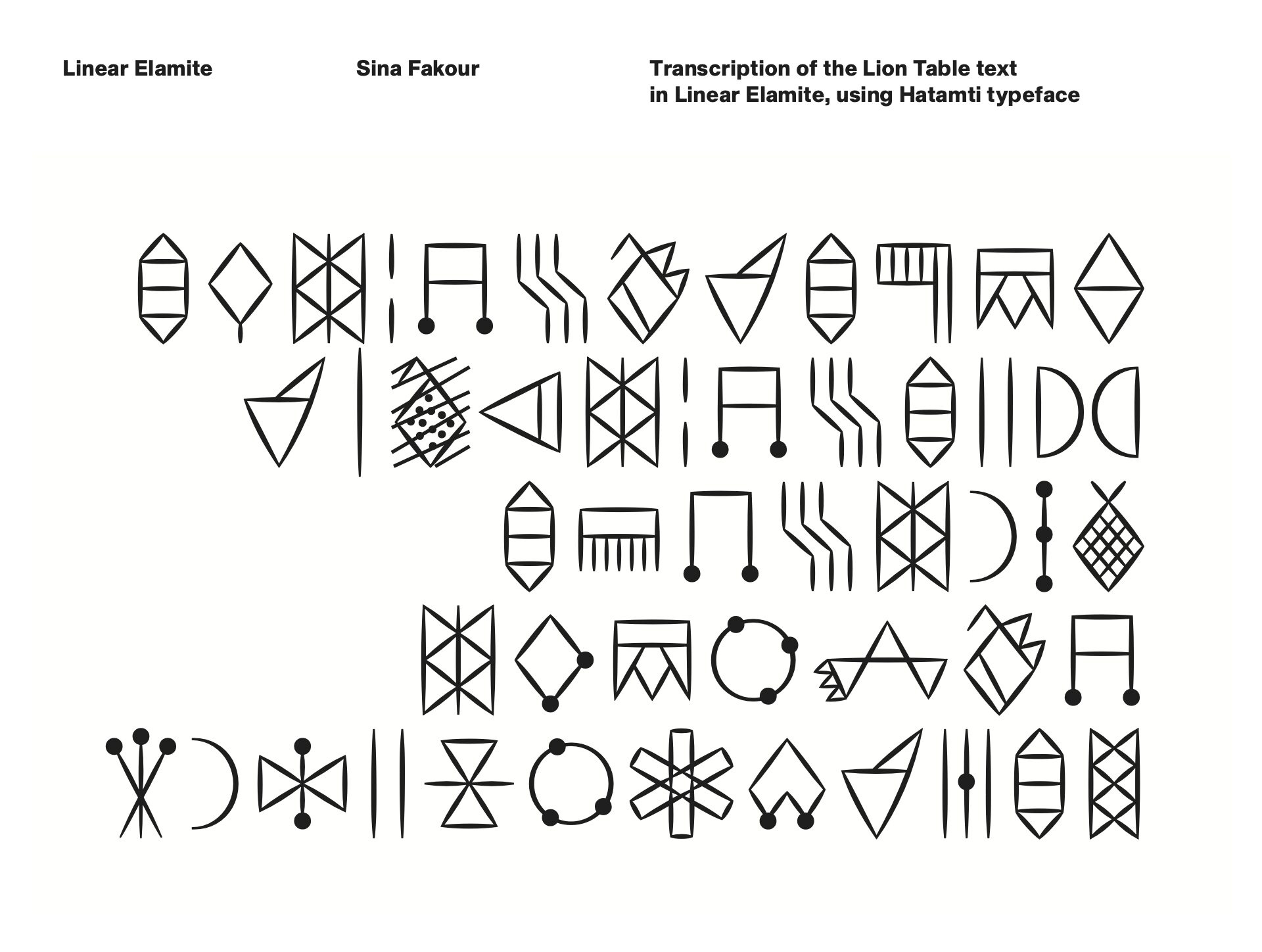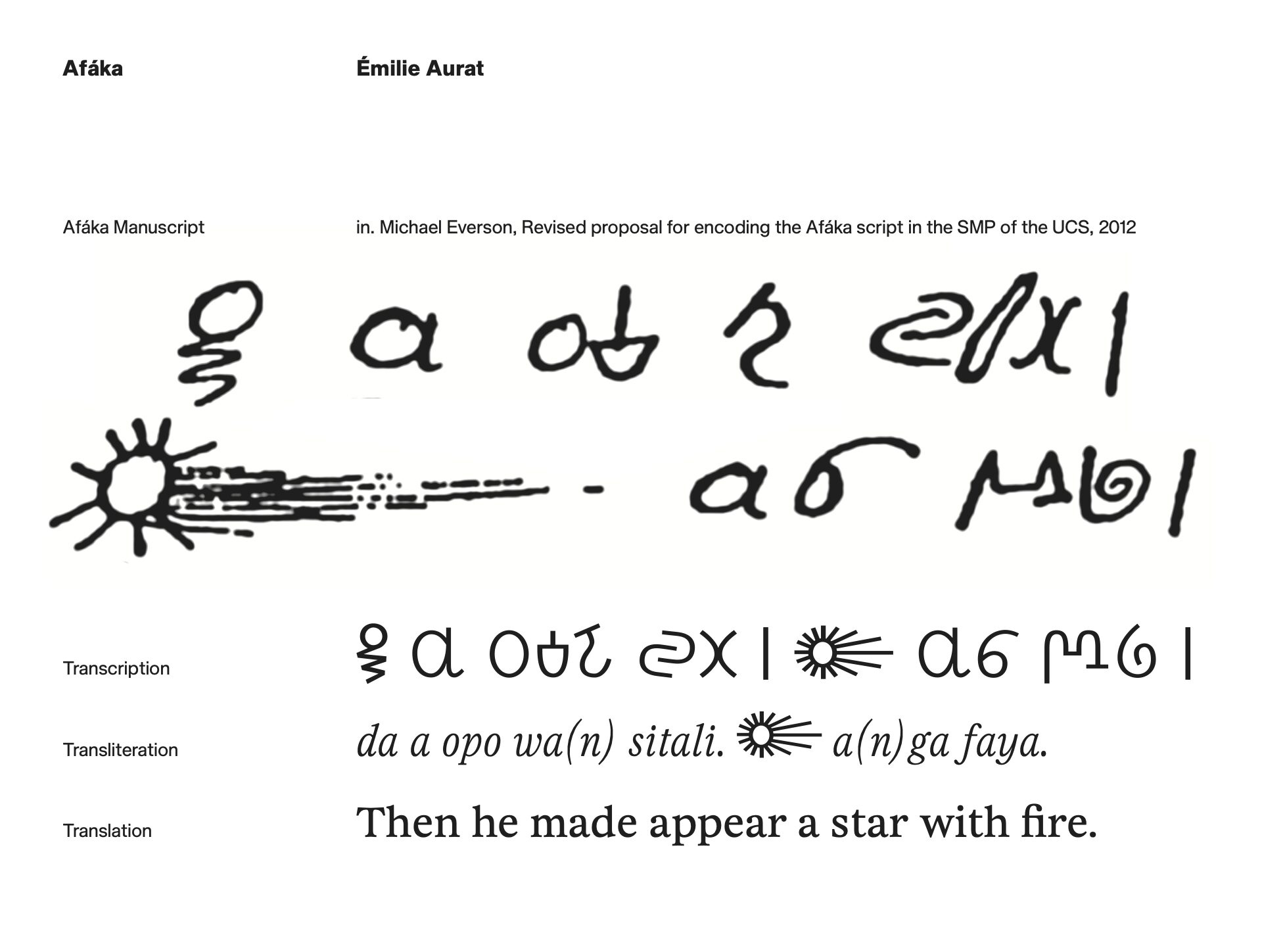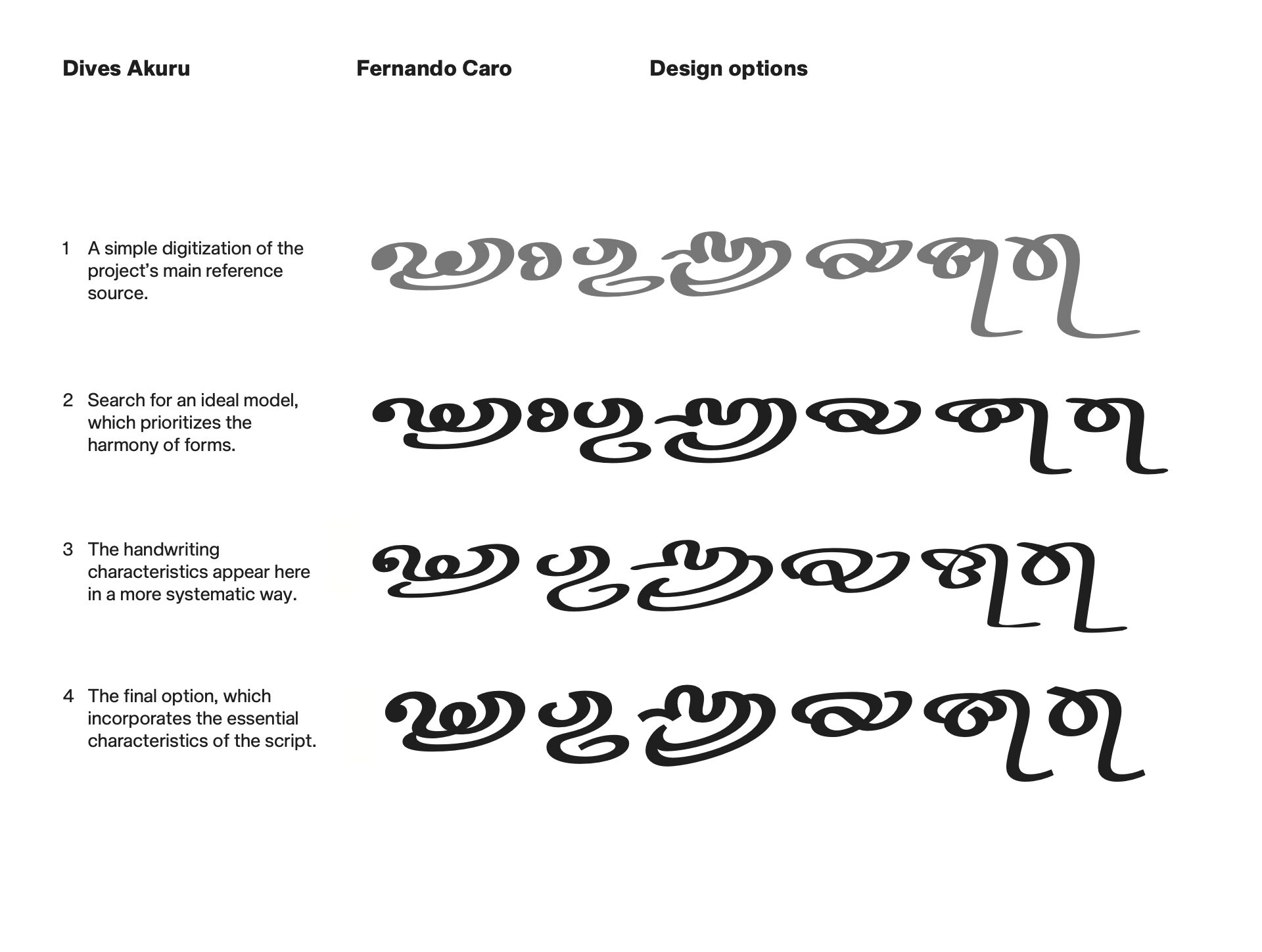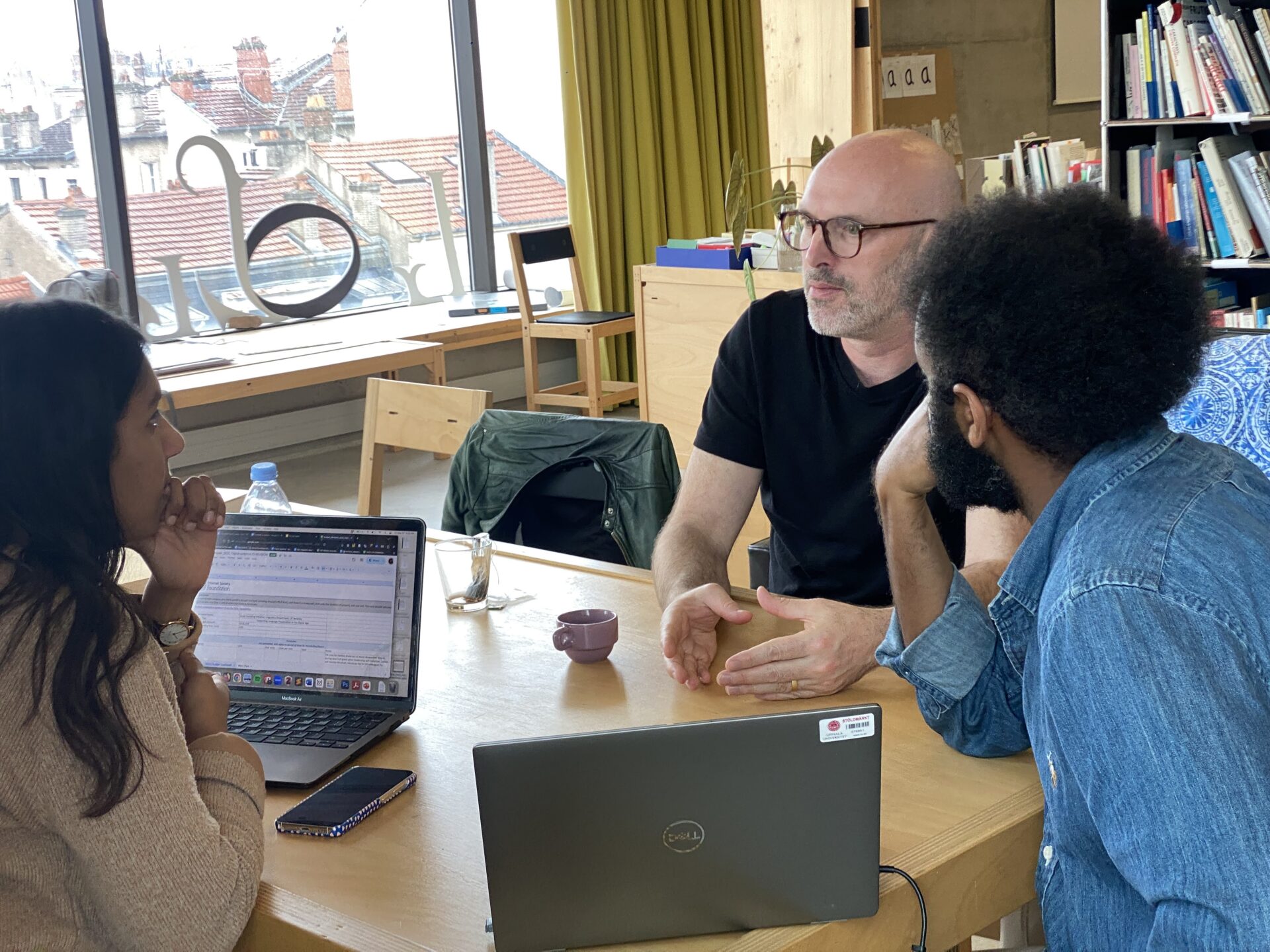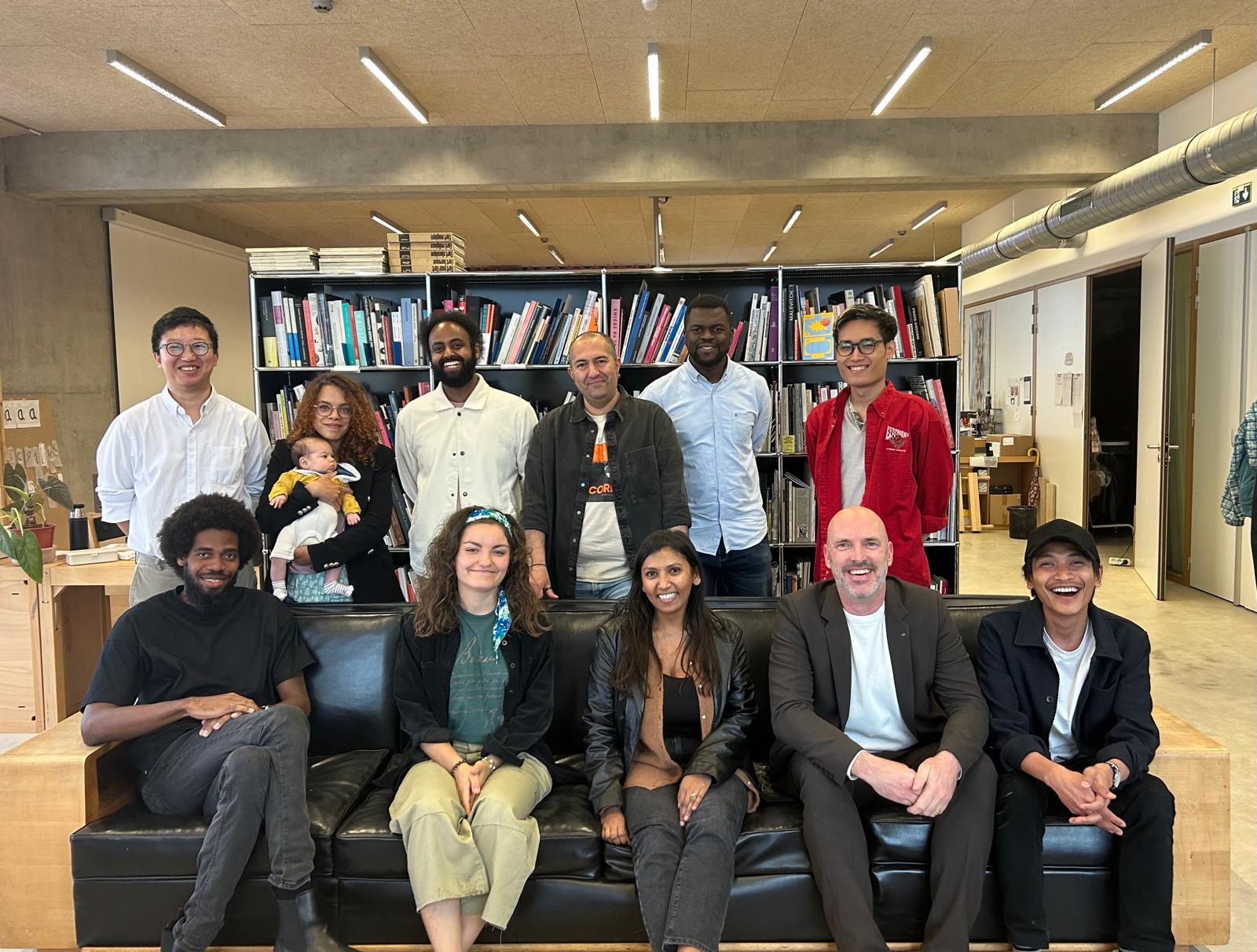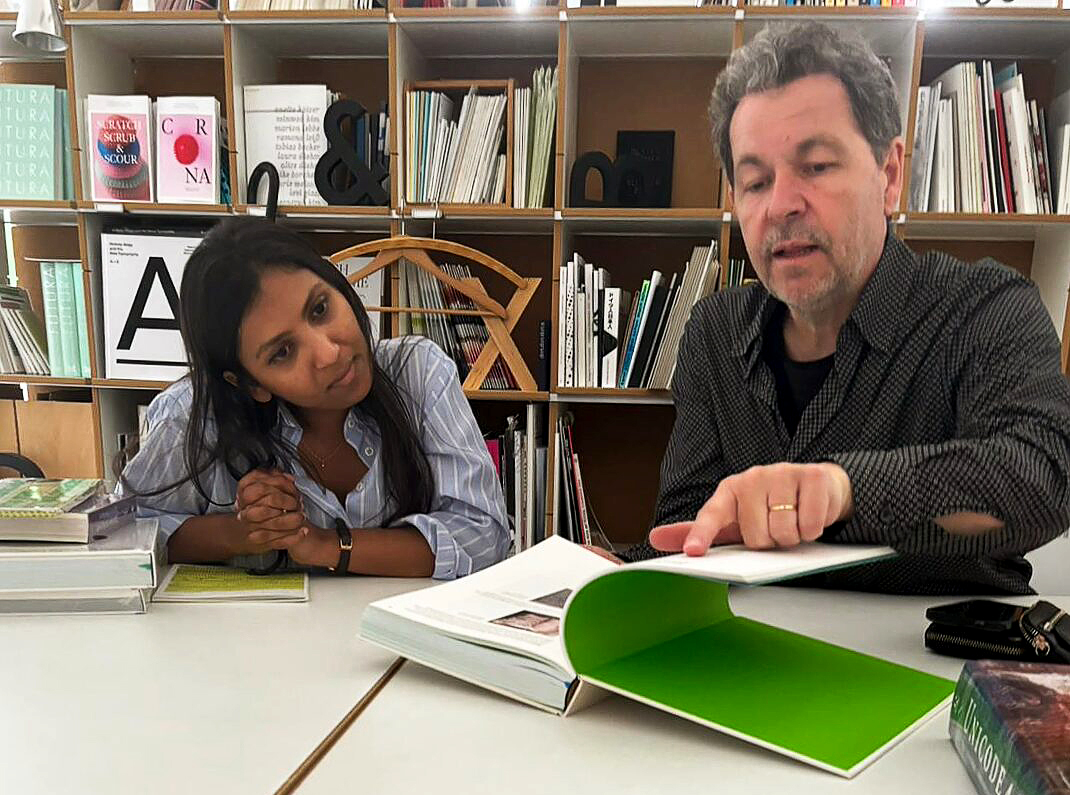The Missing Scripts
The Missing Scripts program began in 2016 as an effort to address the lack of digital support for historic and minority scripts. It aims to improve public understanding of the world’s writing systems and create fonts for communities that lack them.
Leadership
Anushah Hossain,
Debbie Anderson
Script Identification and Research
Script Encoding Initiative
University of California, Berkeley
United States
Thomas
Huot-Marchand
Font Design
Atelier national de recherche typographique
Ensad Nancy
France
Johannes Bergerhausen
Graphical Representation
Institut Designlabor Gutenberg
Hochschule Mainz
Germany
Background
The program originated with the decodeunicode project designed by Johannes Bergerhausen in 2006, to illustrate the world’s writing systems and the extent to which they remained unencoded in the Unicode Standard. This work was published in the decodeunicode book and incorporated entries on key terms, scripts, and more, based on research by Bergerhausen and Anderson.
The present-day incarnation grew from the recognition that, even after the many years it can take to approve a script for Unicode inclusion, it can take many more to make a script truly available on digital devices. One step that adds time is preparation of a functional font. To meet this need, Huot-Marchand began recruiting students directly to work on “Missing Scripts” in ANRT’s two-year type research program. Early students of The Missing Scripts Program designed glyphs for the World’s Writing Systems website and poster, which continue the public communication work begun by decodeunicode.
Missing Scripts students have gone on to design over a dozen fonts for soon-to-be-encoded scripts. These projects require immense amounts of effort and careful coordination with user communities. Oftentimes this is the first typographic representation of a script. The designer thus bears the responsibility of researching and presenting what will become the standard reference form for years to come.
ln recent years, SEI is working to streamline the collaboration between proposal authors, type designers, and keyboard developers to build a robust toolkit for script digitization.
